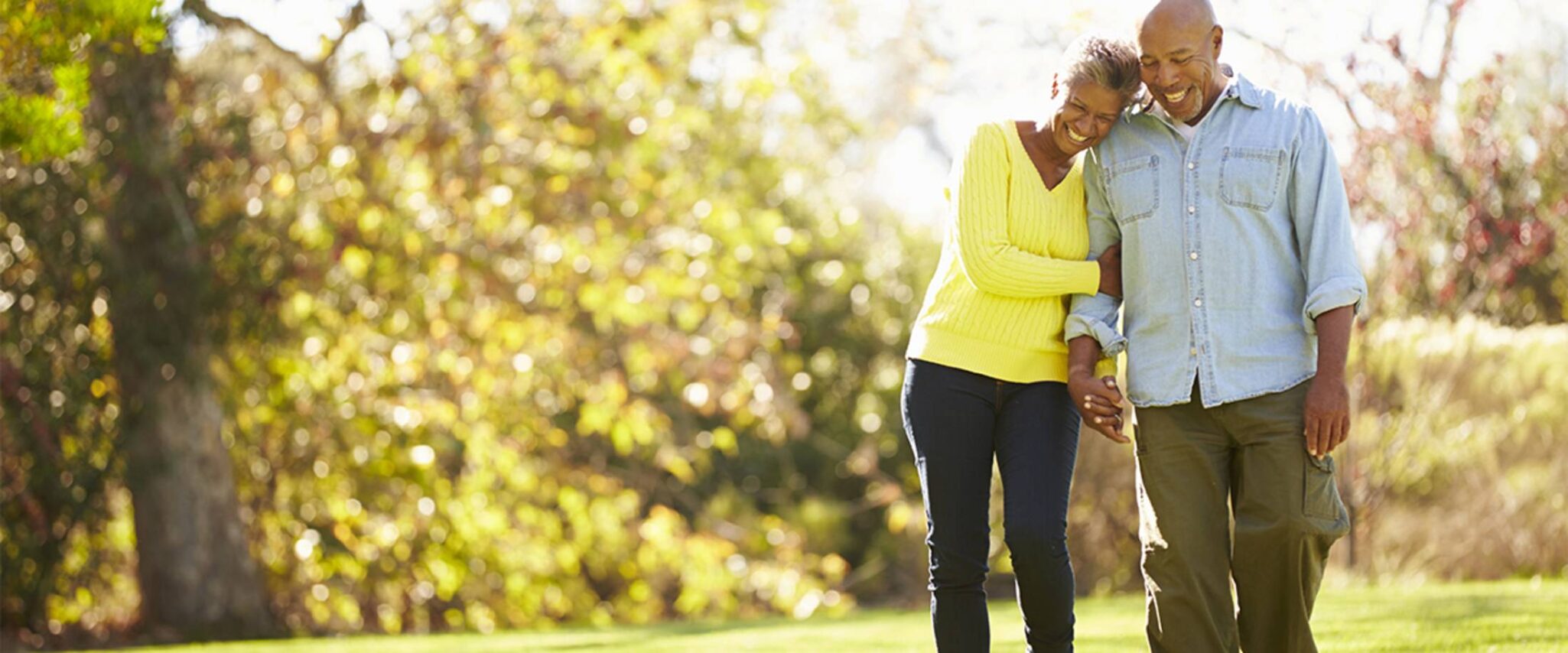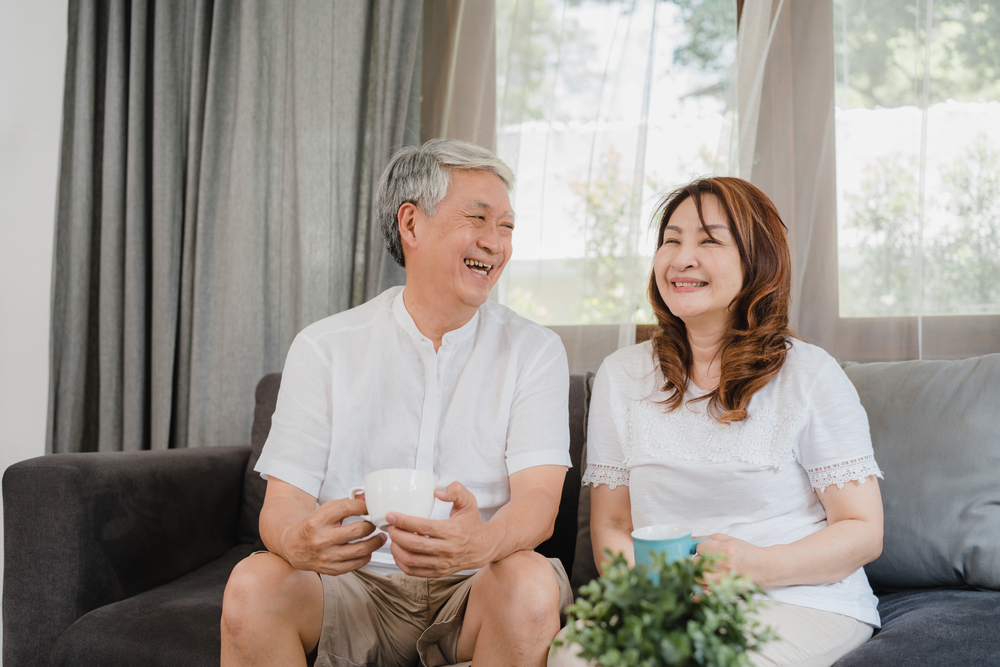Humans have been walking for millions of years, and even as we’ve evolved, walking remains one of the best activities we can do for our health. It’s a low-cost, low-impact workout you can do anywhere, and the potential benefits of walking for seniors are too significant to ignore.
Health Benefits of Walking for Seniors
Improves Cardiovascular Health
Some of the benefits of walking regularly is it can lower blood pressure and promote weight loss, which reduces strain on the heart and arteries. Additionally, as exercise improves blood flow, it helps lower the risk of clogging in coronary vessels, which can prevent heart attacks, coronary heart disease or a stroke.
Strengthens Muscles
You may not always realize it, but your daily walk works a lot of muscle groups: quadriceps, hamstrings, calves, ankles, glutes, lower back and abdominals, and if you add an arm-pumping movement, your upper body benefits as well. Building strength is one of the benefits of walking that can help you stay more independent and prevent falls.
Helps Prevent Osteoporosis
Weight-bearing exercises like walking put pressure on your bones. Bones grow denser with exercise in the same way muscles grow stronger from working against resistance. Even if you’re already seeing effects from osteoporosis, walking can help maintain the bone mass you have.
Lowers Pain Levels
As walking builds muscles and promotes flexibility, many seniors find it beneficial in controlling chronic pain. The endorphins your body produces during exercise can decrease the perception of pain because they bind to the same neurotransmitters that common pain medications bind to. Many seniors also find the weight loss that often accompanies a new walking routine decreases stress on their joints, leading to less daily pain.
Improves Mental Health
There are short-term mental health benefits of walking. Those same endorphins that lessen your pain also boost your sense of well-being. Exercise also provides the opportunity to take your mind off the source of your anxiety. In the long term, meeting your walking/step goals and seeing positive results can increase your self-confidence. Fitness can also provide a healthy coping mechanism that could replace less constructive tactics.
How to Start a New Routine
Start Slowly
Generally speaking, older adults should aim to get 2.5 hours of moderate exercise per week, or 30 minutes of exercise 5 days per week. But if you haven’t exercised in a while or you’re facing new health challenges, don’t be discouraged. Start with small, achievable goals. Maybe you walk for 10 minutes at first and begin to build your endurance. You could also opt for two 15-minute walks. Whatever your current fitness level, honor your body and work from a positive place. Every step makes a difference.
Make Walking Enjoyable
Hopefully your regular walks will become more of a pleasure than a chore. But if you find the routine is getting stale, add some variety. Find a new park to explore or call an old friend while you’re out, so you can chat while you walk.
Celebrate Your Victories
Once you’ve set your small, achievable goals to build endurance, don’t forget to celebrate them. You could treat yourself to a special meal, buy some new walking socks or simply brag a bit on social media. You put in the work, now have a little fun.
At Lake Seminole Square, we do all we can to promote our residents’ health and fitness. If you’d like to find out more about our scenic grounds or our exclusive indoor walking trail or other exercise opportunities, please let us know. We’d be happy to share more details.





